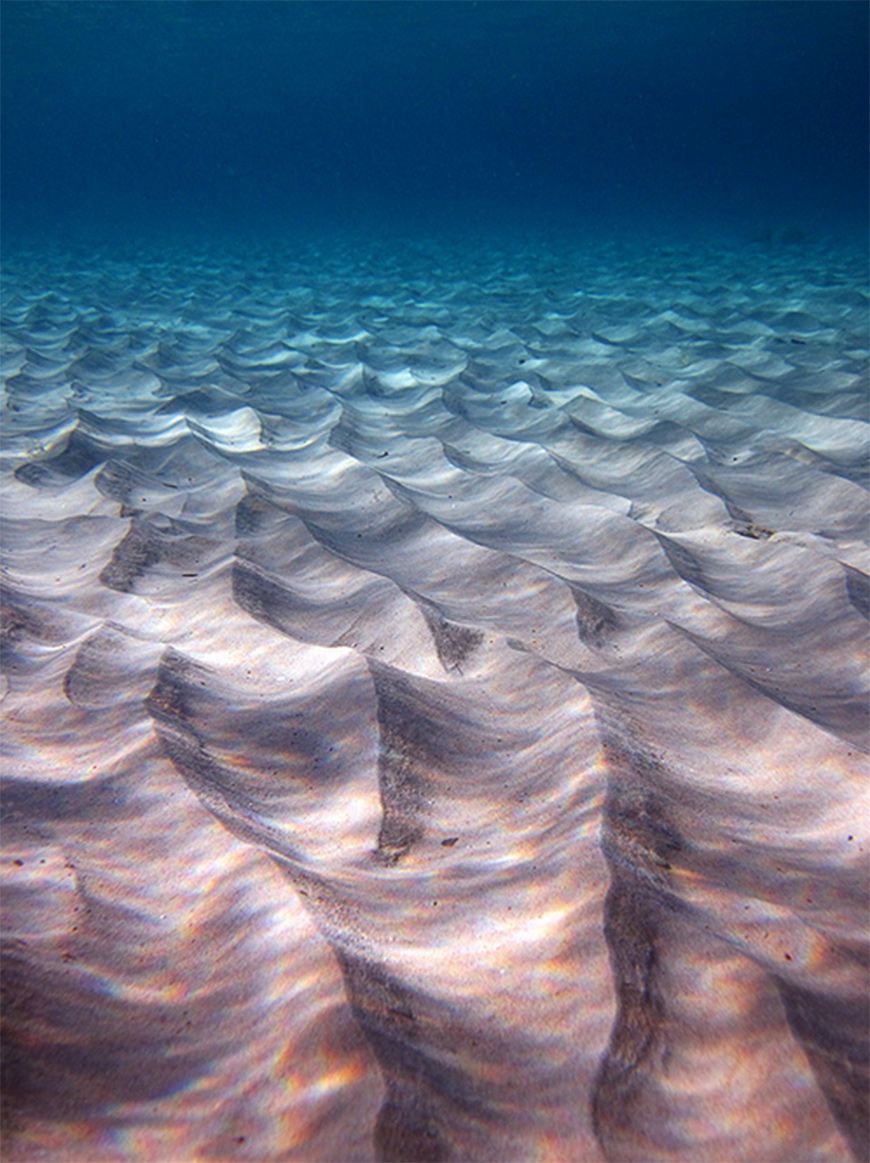Sand On The Ocean Floor

The ocean s floor is actually for the most amazingly flat with very few features.
Sand on the ocean floor. It is known as the abyssal plain because it is so flat. Mountains plains channels canyons exposed rocks and sediment covered areas. Rocks take time to decompose especially quartz silica and feldspar. Sand forms when rocks break down from weathering and eroding over thousands and even millions of years.
The ocean floor has the same general character as the land areas of the world. Often starting thousands of miles from the ocean rocks slowly travel down rivers and streams constantly breaking down along the way. They occupy the sea floors and lake beds which usually consist of mud sand gravel or rocks. Other articles where ocean floor is discussed.
The lack of weathering and erosion in most areas however allows geological processes to be seen more clearly on. This is because of the method by which it is created by steady accretion at a constant rate at the mid oceanic ridges. There are four basic types of sediment of the sea floor. This graphic shows several ocean floor features on a scale from 0 35 000 feet below sea level.
Continental shelf 300 feet continental slope 300 10 000 feet abyssal plain 10 000 feet abyssal hill 3 000 feet up from the abyssal plain seamount 6 000 feet. In coastal waters they are found on or near the continental shelf and in deep waters they are found on or near the continental slope or along the continental rise. Exploration of the seafloor and the earth s crust. The following features are shown at example depths to scale though each feature has a considerable range at which it may occur.


















